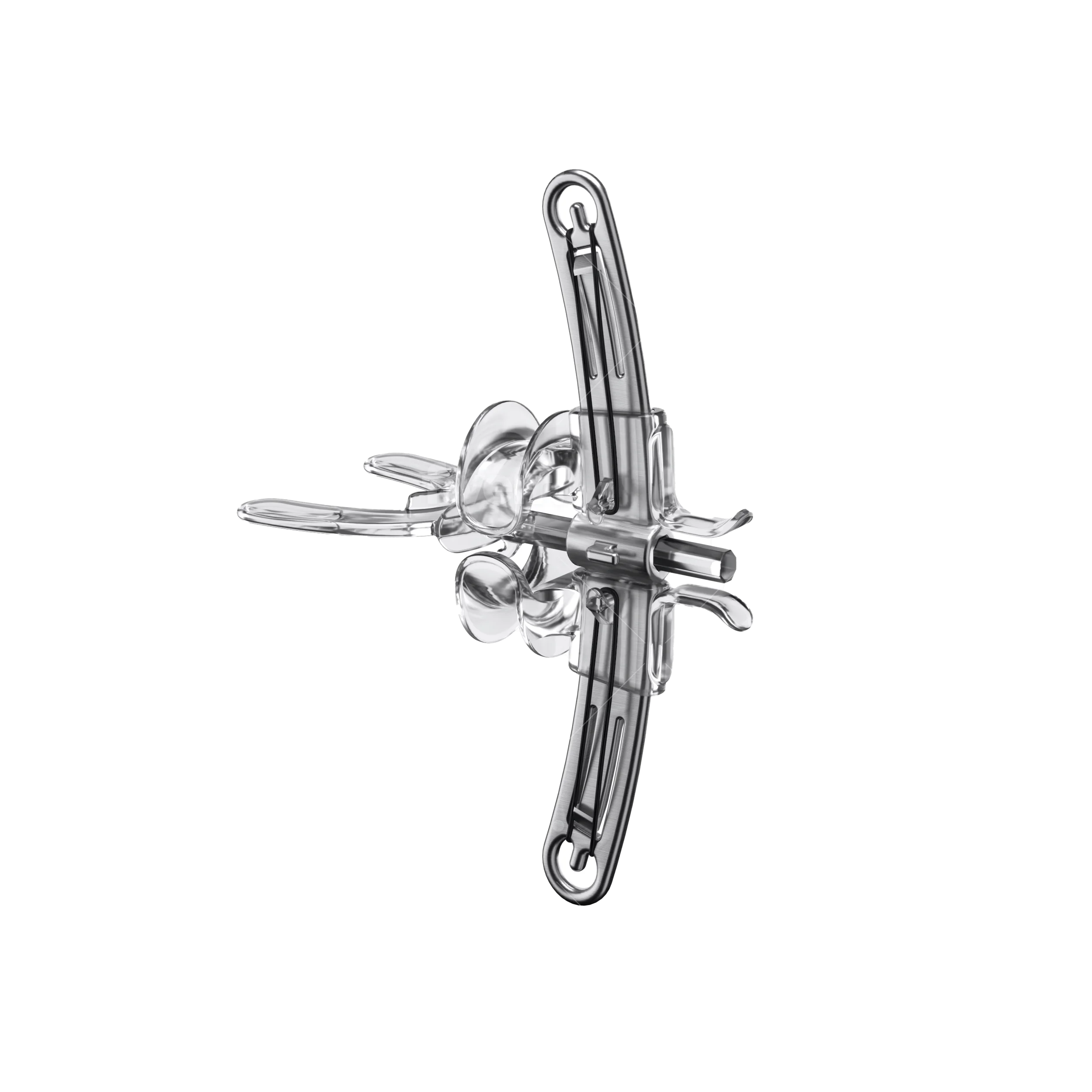Depressor Labii Inferioris
Posted on 30th Jul 2020 / Published in: Face
General information
The depressor labii inferioris is one of approximately 40 muscles in the human face and assists in making a pout of the lips. It is located below the bottom lip near the chin.
Literal meaning
The muscles that depress the lower lip.
Interesting information
The depressor labii inferioris, sometimes referred to as the quadratus labii inferioris, is a facial muscle whose function is to assist in the downward motion of the lower lip. A significant amount of fat is interspersed between the fibers of this muscle. The depressor labii inferioris acts by pulling the flesh and skin of the lower lip down, baring the lower teeth.
To feel the depressor labii inferioris, gently place your finger under the lower lip and slightly lateral to the midline of your lips. Then move your lower lip down and to the side as if you were to bare your teeth. You should feel the depressor labii inferioris contracting beneath your fingertips with the movement.
Symptoms of depressor labii inferioris damage or dysfunction can include decreased movement of the lower lip, muscle pain in the chin, muscle weakness, loss of muscle control, bleeding, swelling or bruising. Pain and difficulty of muscle function may be related to conditions such as stroke, Bell’s palsy, neuromuscular diseases and injuries or muscle tears and strains. Treatment for nerve injuries typically involves surgical resection and repair.
Origin
External oblique line of the lower jaw (mandible).
Insertion
Integument (skin) of the lower lip.
Function
To help depress the lower lip.
Nerve supply
Facial nerve.
Blood supply
Inferior labial branch of the facial artery.
Relevant research
A study conducted on patients with marginal mandibular nerve paralysis has demonstrated that surgical resection of the depressor labii inferioris muscle can be an effective treatment route to restore lower lip symmetry and movement. Results are demonstrated to be permanent, with the majority of patients requiring only a single procedure.
Liquidato, Bianca Maria, Mirna Duarte Barros, Adriana Leal Alves, and Celina Siqueira Barbosa Pereira. "Anatomical Study Of The Digastric Muscle: Variations In The Anterior Belly." International Journal of Morphology 25.4 (2007): Print.
Hussain G, Manktelow RT, Tomat LR., British Journal of Plastic Surgery. 2004 Sep;57(6):502-10.
Another study outlines a systematic protocol for the treatment of lower lip asymmetry, usually caused by loss of function in the depressor labii inferioris. The study concluded that lip asymmetry is optimally managed using treatments such as lidocaine and chemodenervation as well as surgical resection of the depressor labii inferioris.
Lindsay, Robin W., Colin Edwards, Chris Smitson, Mack L. Cheney, and Tessa A. Hadlock. "A Systematic Algorithm For The Management Of Lower Lip Asymmetry." American Journal of Otolaryngology 32.1 (2009): 1-7. Print.
Depressor labii inferioris exercises
This simple pout exercise targets the depressor labii inferioris and mentalis muscles which help with the downward movement and protrusion of the lower lip. Make a pouting face to draw your lower lip out and downwards. Hold this position for five to ten seconds, then relax. Perform ten repetitions of this exercise at a time for optimal results.

